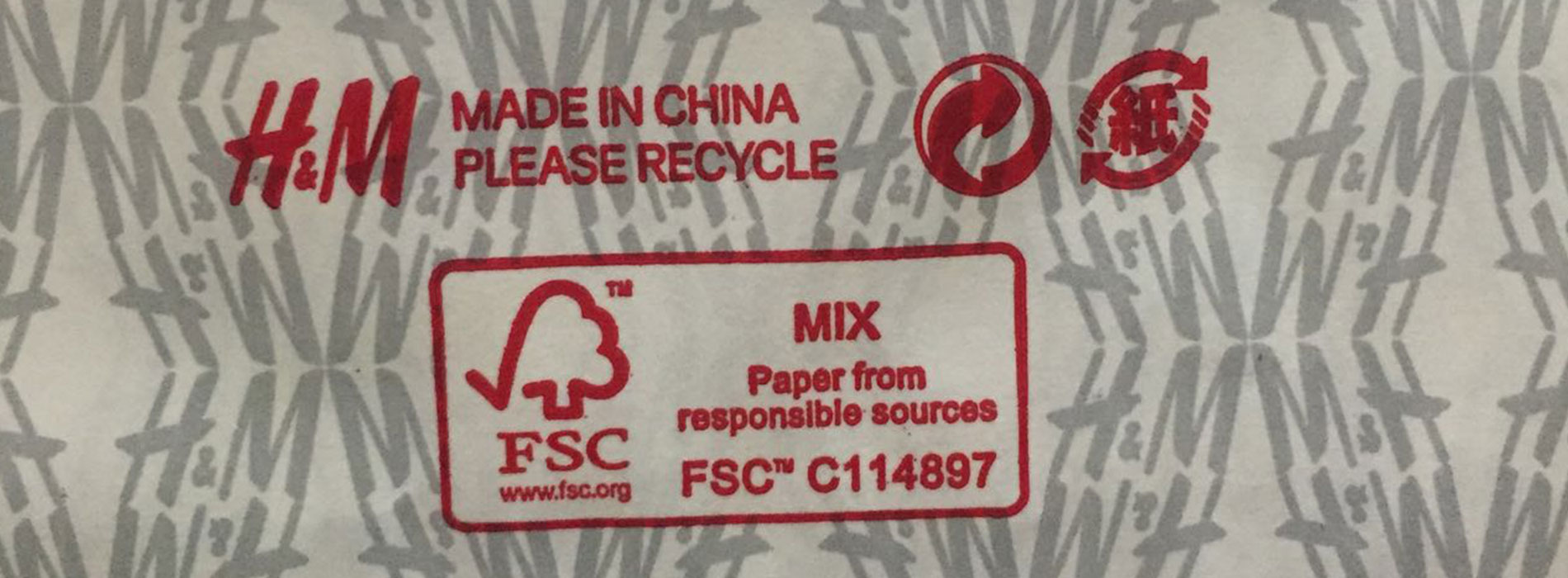H&M GROUP - ETHICAL, TRANSPARENT AND RESPONSIBLE SOURCING
At H&M group, it is essential for us to address sustainability proactively. We are dedicated to continuing making great, affordable fashion in a sustainable way.
One of the pillars of our sustainability strategy is to become 100% circular and renewable. This includes, among other things, to have a circular approach to how products are made and used. One of our goals is to only use recycled or other sustainably sourced materials by 2030. Today, 57% of all materials we use in our products at the H&M group are recycled or sustainably sourced.
For all forest-based materials we aim to have 100% FSC certified material by end of 2025. This goal also includes all wood-based materials, such as paper and board, and also our man-made cellulosic materials (viscose and modal) made from virgin forest derived material. We currently use FSC certified material our packaging, hang tags and customer shopping bags. We also use FSC certified materials in our products made from viscose and modal.
Sustainability is one of the cornerstones of H&M group’s values so to source more responsibly and sustainably is a big part of our work. We want to use materials that decrease the dependence on virgin resources, require less chemicals, energy and water and minimize the amount of materials that ends up as waste and we constantly look for new innovative processes and materials. We want to work together with suppliers that not only meet our requirements on responsible sourcing, but that are also aligned with our long-term goals and share our ambitions to always seek the best available product option from both an environmental and social perspective.
By engaging teams working with forest-derived materials and raise awareness on the challenges with deforestation globally, as well as having clear goals on traceability and sustainable sourcing has been fundamental. We are also engaged in external collaborations where we, together with other brands and stakeholders, can push an industry in the right direction on responsible sourcing.
We want to be part of a positive change in the entire industry. This means we have to collaborate with different stakeholders, customers and colleagues to be part of the journey towards a more sustainable fashion future.
